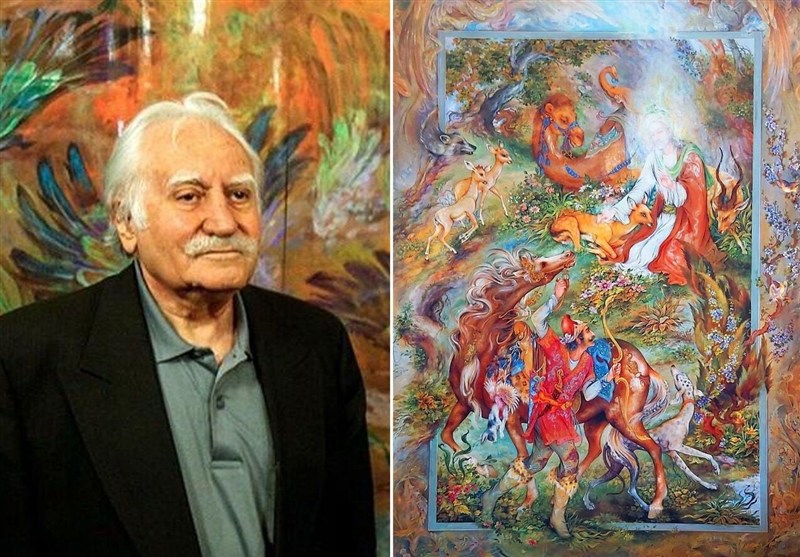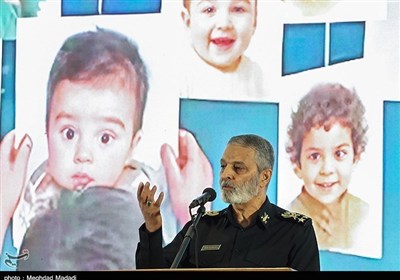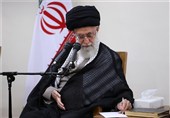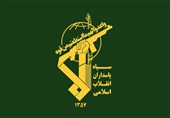Renowned Iranian Artist Mahmoud Farshchian in Coma at US Hospital
TEHRAN (Tasnim) – Master of Persian miniature painting Mahmoud Farshchian, celebrated for revolutionizing traditional Iranian art, has fallen into a coma while hospitalized in the United States.
Mahmoud Farshchian, the prominent Iranian painter whose works have captivated audiences with their spiritual depth and visual dynamism, is currently in critical condition at a hospital in the United States.
According to Seyed Ali Ma'rek-Nejad, spokesperson for Isfahan Municipality, Farshchian—creator of masterpieces such as The Guarantor of the Deer, The Story of Abraham, and Ghadir Khumm—has fallen into a coma.
Farshchian, born in Esfahan in 1930, is widely credited with modernizing Persian miniature while remaining rooted in Iranian cultural and religious themes. He combined classical forms with contemporary aesthetics, creating a distinct style that elevated Iranian painting onto the global stage.
His artistic journey began under the guidance of masters Haji Mirza-Agha Emami and Isa Bahadori. After studying at the Esfahan High School for Fine Arts, he traveled to Europe to expand his understanding of Western painting traditions. This exposure helped him refine a unique artistic voice that blends Persian mysticism with universal human themes.
Farshchian returned to Iran and served as Director of the Department of National Arts and professor at the University of Tehran. His works have been exhibited in over 150 shows worldwide, and his paintings are held in collections at institutions including the British Library, Harvard University, and the Metropolitan Museum of Art.
In 2001, the Museum of Master Mahmoud Farshchian was inaugurated at Sa’ad Abad Palace in Tehran to honor his legacy.
Despite international acclaim and numerous Western awards, Farshchian remained deeply connected to his Iranian roots. His spiritual worldview and loyalty to Islamic and Persian heritage remained central throughout his career.
In a 2012 interview, Farshchian stated, “Whenever I decide to start a new work, I try to fully expose myself to the mood, the excitement and the state of the idea itself.” He believed that art served as a conduit to the divine, saying, “An artist, with the blessing of his art, can be in a state of constant love and connection with the One.”
One of his most celebrated works, Molana and Shams, unveiled in 2007, explores the mystical relationship between Rumi and his spiritual guide, Shams, through radiant, flowing imagery.
As the Iranian nation prays for the recovery of this patriotic master, the Iranian art community and broader public await updates on his condition, hopeful for the recovery of a figure who symbolizes both the richness of Iran’s cultural heritage and its resistance to dilution in a Westernized art world.





